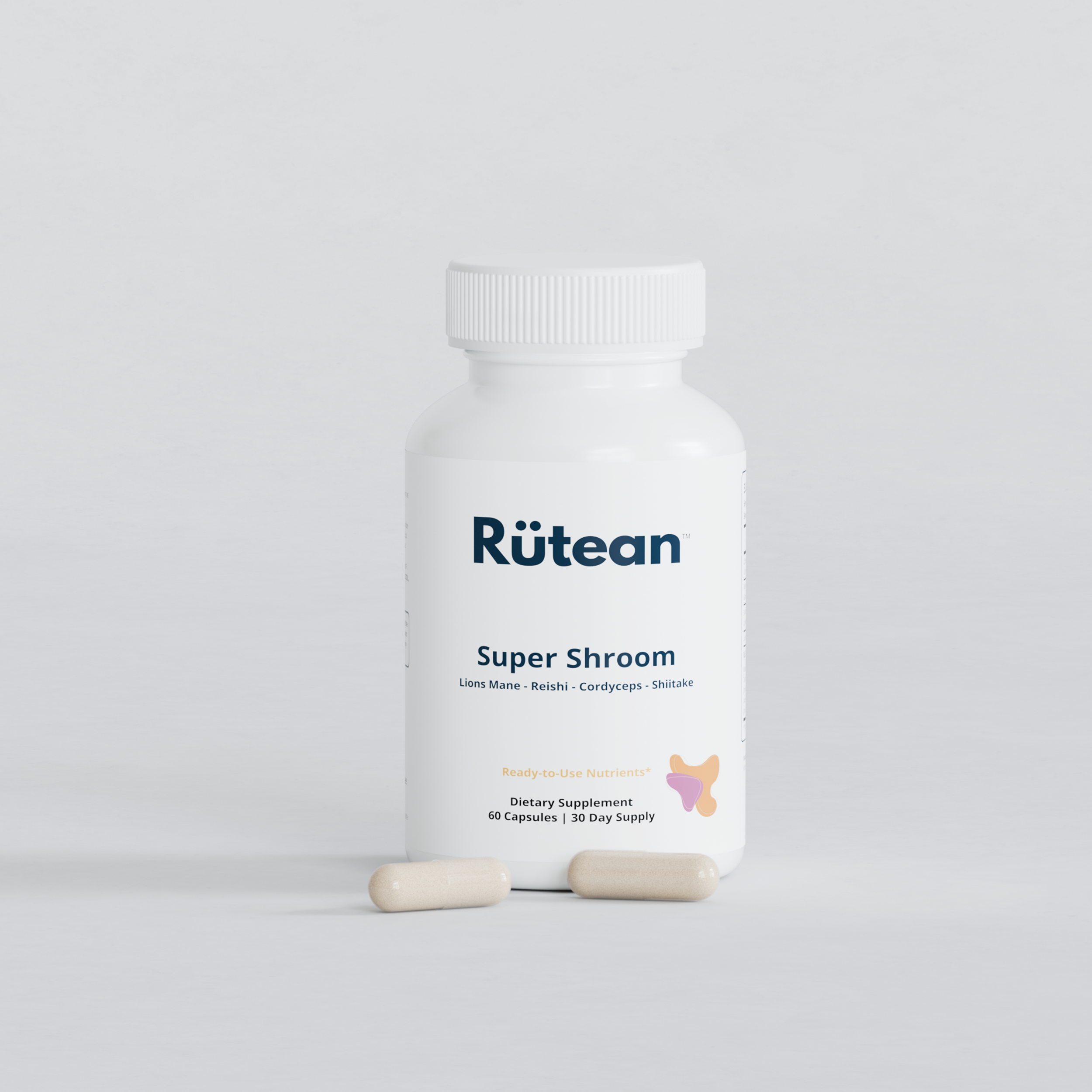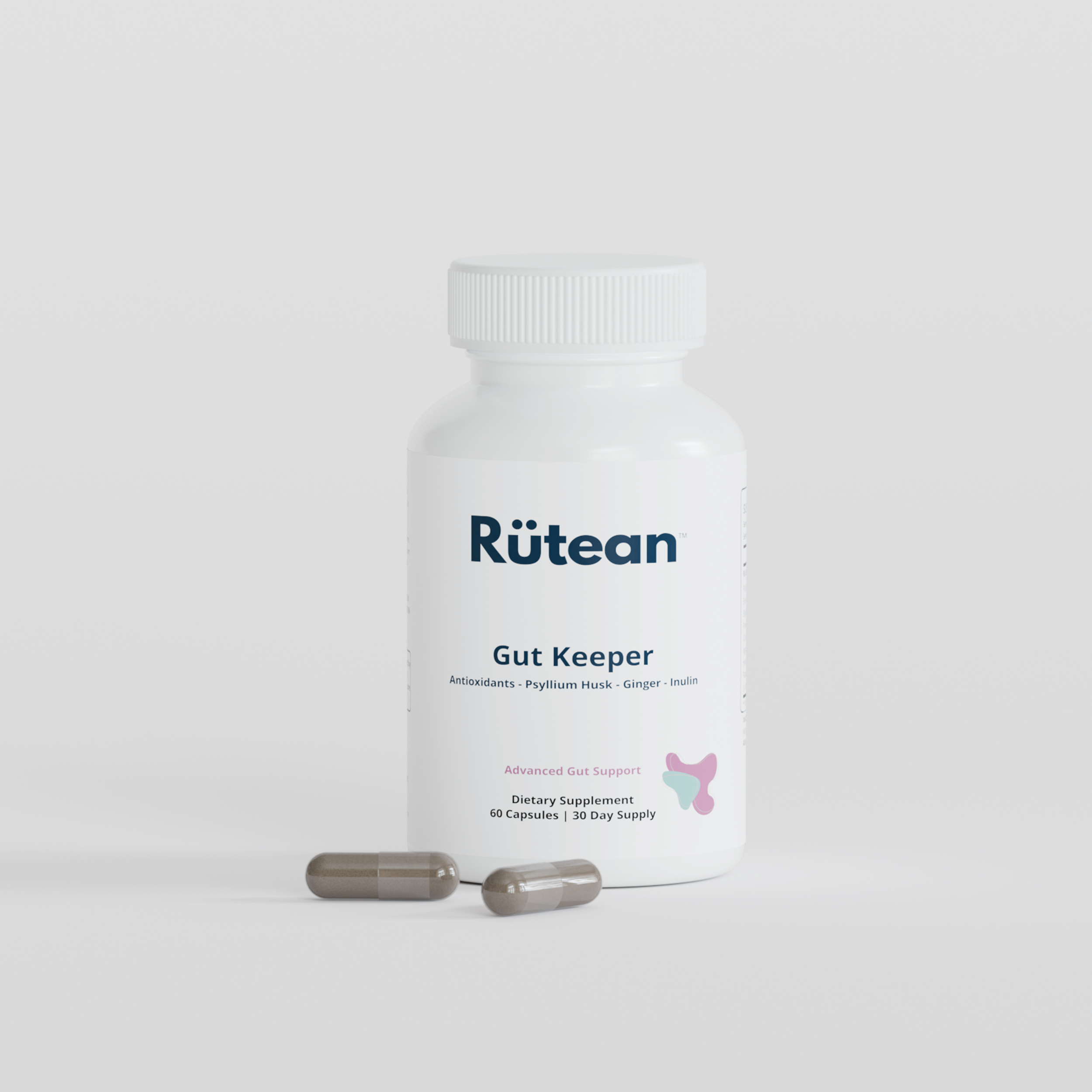The allure of autumn is perfectly captured by the bountiful presence of pumpkins and their gourd relatives. Historically rooted in North America, these winter squashes hold a significant spot in festive celebrations like Thanksgiving.
Though harvested during the crisp days of fall, winter squashes blossom during the summer months and remain available throughout the colder seasons. Among the popular types spotted at local supermarkets, farmers' markets, and health-oriented stores include butternut, acorn, delicata, dumpling, carnival, kabocha, buttercup, kuri, turban, sugar pie pumpkins, and spaghetti squash.
Nutritional Titans of the Vegetable World
Winter squashes come packed with an array of nutrients, minus the excessive calories or fats. They are rich sources of complex carbs, dietary fiber, essential vitamins, minerals, and an impressive array of phytochemicals.
Carotenoids & Vitamin A Spotlight: Winter squashes take pride in their abundant carotenoids. Of these, alpha- and beta-carotene dominate, but they also possess other antioxidants such as lutein, zeaxanthin, beta-cryptoxanthin, and more. These carotenoids are renowned for their powerful antioxidant properties. Notably, lutein and zeaxanthin have been linked to cognitive function enhancement[1,2]*. Furthermore, our bodies can convert certain carotenoids like alpha-carotene, beta-carotene, and beta-cryptoxanthin into vitamin A. A cup of butternut squash, for instance, provides 1,144 mcg of vitamin A, exceeding the daily recommended amount
Vital Vitamins & Minerals Galore: Winter squashes are not just about carotenoids. Many varieties are brimming with vitamin C, which surprisingly remains intact during cooking, more so than other vitamin C-rich foods[4]. Beyond vitamin C, squashes offer vitamin E, a spectrum of B vitamins, and essential minerals like potassium, magnesium, calcium, and manganese.
Support for Balanced Blood Sugar: Though they contain complex carbohydrates, winter squashes have comparatively fewer carbs than most starchy veggies. Butternut squash, for instance, boasts around half the carbohydrate content of sweet potatoes[5]. Plus, the fiber in squashes moderates carbohydrate breakdown, preventing abrupt blood sugar spikes post-consumption.
A Weight Management Ally: Consistent blood sugar levels aid in insulin moderation, which in turn supports weight regulation. The dietary fiber in squashes not only assists in maintaining blood sugar balance but also ensures prolonged satiety, reducing tendencies to snack on calorie-dense foods.
Gut Health Promoter: The fiber content in squashes can be both soluble and insoluble. While the latter aids in waste elimination, the former has a gel-like consistency that eases stool passage, especially beneficial for individuals with IBS. Moreover, some winter squashes are sources of prebiotic oligosaccharides[6]*, which foster the growth of beneficial gut bacteria, enhancing overall gut health.
More Than Just the Flesh
Winter squash seeds are both delectable and nutritious. Historically, before the appreciation for their flavorful flesh, squashes were grown primarily for these seeds. These seeds are teeming with beneficial fatty acids, phytosterols, vitamin E, and even higher carotenoid concentrations than the squash itself. When lightly roasted, they transform into a delightful snack.
Roasted Squash Seeds with Herbs
Ingredients:
- Squash seeds from one large winter squash
- A drizzle of avocado oil
- A pinch of salt
- Herbs of your choice (rosemary, thyme, or parsley work great)
Procedure:
- Preheat oven to 275-300°F.
- Clean and pat dry the seeds using paper towels.
- Spread them evenly on a baking sheet lined with parchment.
- Drizzle avocado oil and ensure all seeds are well-coated.
- Season with salt and chosen herbs.
- Roast for 20-25 minutes or until the seeds turn golden.
- Cool and enjoy as a snack or salad topping.
Creamy Squash and Herb Soup
Ingredients:
- 1 large butternut squash
- 2 tablespoons of olive oil
- ½ cup of almond milk
- 1 tablespoon of fresh rosemary, finely chopped
- Salt to taste
Procedure:
- Preheat the oven to 400°F.
- Halve the squash and discard the seeds.
- Place the halves on a baking tray and drizzle with olive oil.
- Roast until tender (around 45-50 minutes).
- Once cooled, scoop out the flesh and blend with almond milk, rosemary, and salt until smooth.
- Reheat in a pot and serve warm with a sprinkle of fresh herbs.
References
1- Stringham, J. M., & Hammond, B. R. (2008). Macular pigment and visual performance under glare conditions. Optometry and Vision Science, 85(2), 82-88.
2- Kijlstra, A., Tian, Y., Kelly, E. R., & Berendschot, T. T. (2012). Lutein: more than just a filter for blue light. Progress in Retinal and Eye Research, 31(4), 303-315.
3- Slavin, J. L., & Lloyd, B. (2012). Health benefits of fruits and vegetables. Advances in Nutrition, 3(4), 506-516.
4- Piga, A. (2004). From plums to prunes: Influence of drying parameters on polyphenols and antioxidant activity. Journal of Agricultural and Food Chemistry, 52(12), 3574-3578.
5- Foster-Powell, K., Holt, S. H., & Brand-Miller, J. C. (2002). International table of glycemic index and glycemic load values: 2002. The American Journal of Clinical Nutrition, 76(1), 5-56.
6- Rastall, R. A., & Gibson, G. R. (2015). Recent developments in prebiotics to selectively impact beneficial microbes and promote intestinal health. Current Opinion in Biotechnology, 32, 42-46.
7- Stevenson, D. G., Eller, F. J., Wang, L., Jane, J. L., Wang, T., & Inglett, G. E. (2007). Oil and tocopherol content and composition of pumpkin seed oil in 12 cultivars. Journal of Agricultural and Food Chemistry, 55(10), 4005-4013.



